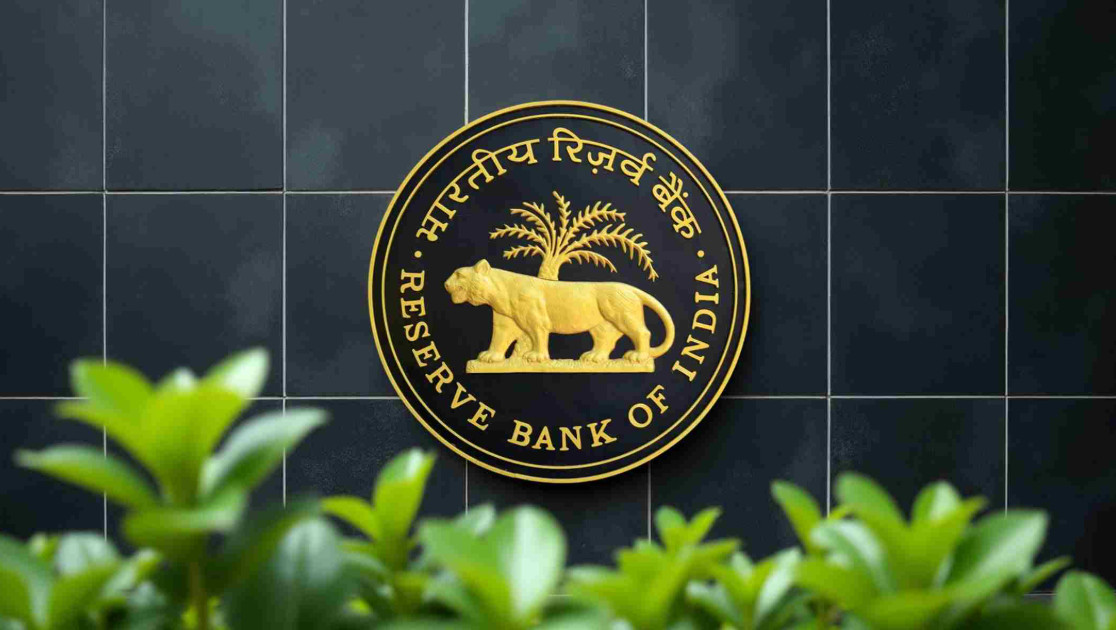India’s new real-time cheque clearance system is experiencing initial problems. Bank staff are facing challenges with new processes, and technical glitches are slowing down cheque processing. Customers report delays in payments. The Reserve Bank of India is working to resolve these issues. The system aims for same-day clearance, replacing older methods. Bankers expect smooth operations soon.
The Promise of Speed, the Reality of Waiting: Clearing the Air on India’s Cheque Clearing System
Remember when writing a cheque felt like sending a message in a bottle? It took ages for the funds to finally land in the recipient’s account. The Reserve Bank of India (RBI) aimed to consign those days to history with the introduction of a real-time cheque clearance system. The idea? Streamline the process, make it faster, and bring cheque transactions into the 21st century. But the road to efficiency seems to be paved with… well, delays.
The intention was certainly noble. A streamlined, real-time system promises to benefit everyone, from businesses managing payroll to individuals settling bills. Imagine depositing a cheque and knowing the funds are available almost immediately. That’s the future the RBI envisioned. However, reports suggest that the reality on the ground is quite different. Customers are still facing unexpected hold-ups, leaving them wondering if the “real-time” tag is more aspirational than accurate.
Why the Hold Up? Spotlighting the Snags in the System
So, what’s causing these frustrating delays? One major culprit appears to be a lack of adequate training amongst bank staff. Implementing a new system requires a thorough understanding of its intricacies. If employees aren’t fully equipped to handle the nuances of the real-time system, bottlenecks are inevitable. It’s like having a brand-new, high-tech car but only knowing how to operate the windshield wipers.

Another contributing factor could be the integration process itself. Transitioning from older systems to a completely new one is rarely seamless. There are bound to be teething problems as banks adapt their infrastructure and processes. It’s a bit like upgrading your computer operating system – you expect a few glitches at first, but you hope they get ironed out quickly. However, prolonged “glitches” can erode public confidence in the new system.
Customer Impact: The Ripple Effect of Delayed Clearances
The impact of these delays is far-reaching. For businesses, late cheque clearances can disrupt cash flow, leading to missed payments and strained relationships with suppliers. For individuals, delays can result in bounced cheques, penalty fees, and a general sense of frustration. Nobody wants to be left waiting for funds they were counting on, especially when the promise was speed and efficiency.
Consider a small business owner who relies on timely cheque payments from clients to cover operational expenses. If these cheques are delayed, even by a day or two, it can create a significant financial strain. Similarly, an individual who uses cheques to pay rent or utility bills could face late payment charges due to clearance delays. These seemingly small inconveniences can add up, impacting people’s lives and livelihoods. Learn more about improving your business’s financial health here.
Can the Real-Time Dream Be Realized? Charting a Path Forward
The potential benefits of a real-time cheque clearance system are undeniable. The question now is: how can the RBI and banks work together to overcome the current challenges and make the system live up to its promise?
One crucial step is to prioritize comprehensive training for bank staff. Equipping employees with the knowledge and skills they need to operate the system efficiently is essential. Regular training updates and ongoing support can help ensure that staff are comfortable and confident in using the new technology.
Furthermore, banks need to invest in robust IT infrastructure and ensure seamless integration between different systems. This may involve upgrading hardware, streamlining software, and implementing effective communication protocols. A collaborative approach between banks, technology providers, and the RBI is crucial to address any technical glitches and optimize the system’s performance. Open communication channels and regular feedback sessions can help identify and resolve issues promptly.
The journey towards a truly real-time cheque clearance system may have hit a few bumps in the road, but the destination is still within reach. With a focus on training, infrastructure, and collaboration, the RBI and banks can work together to unlock the full potential of this technology and deliver a faster, more efficient, and more reliable service to customers across India.
Real-Time Cheque Clearance: A Promising Future Still Being Written
Ultimately, the successful implementation of a real-time cheque clearance system will depend on a sustained commitment from all stakeholders. While initial challenges have caused frustrations, addressing them head-on with strategic action and robust support will pave the way for the efficiency and convenience that was originally promised. As the system matures and banks refine their processes, the vision of instant cheque clearances can still become a reality, bringing significant benefits to businesses and individuals alike.







